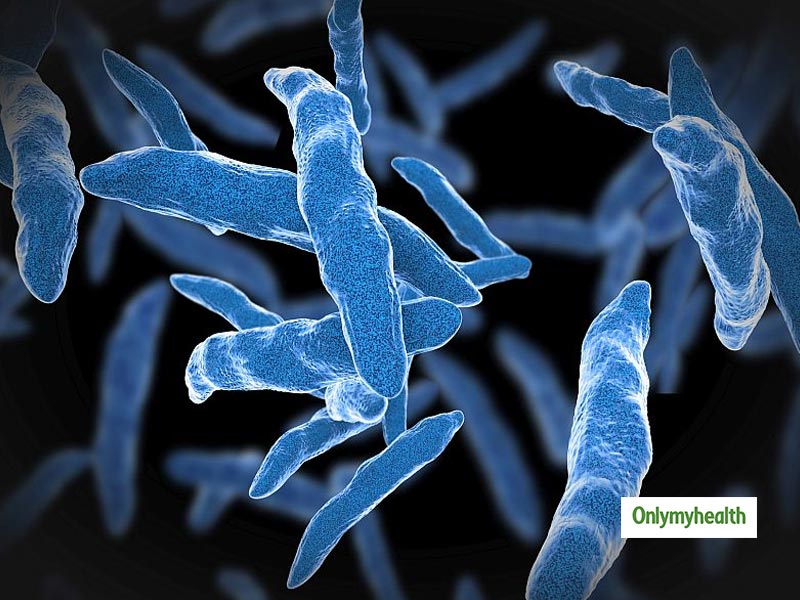
Drug-resistant tuberculosis: Researchers have found a compound that averts and even reverses defiance to a widely used antibiotic for treating TB, the most deadly spreading affliction worldwide.
The growing rise in drug-resistant TB is a major barrier to successfully treating the disease. In 2017, about 1.5 million people died of tuberculosis, making it the most lethal contagious ailment across the globe.
Table of Content:-
Scientists at Washington University in the USA and Umea University in Sweden reversed resistance to isoniazid, which is the most widely used antibiotic medicine for treating TB. Published in the journal Proceedings of the National Academy of Sciences, the study was conducted in microorganisms growing in the lab, setting the stage for future studies in people and animals.
Using the compound in combination with isoniazid potentially could restore the antibiotic’s influence in people with drug-resistant TB. The compound may also help the antibiotic’s power to kill the tuberculosis bacteria, even those who are sensitive to drugs. It implies that now doctors could start thinking about cutting down the onerous six-month medical treatment regimen they prescribe today.
An associate professor at Washington University, Christina Stallings says that it is very hard for people to comply with such a long procedure. Stallings further said that the longer people have to be on antibiotics, the more issues with patient's compliance will occur. It can also lead to treatment failure and drug resistance.
Christina further added that they have found a compound that sensitizes bacteria to an antibiotic. It reverses drug resistance and prevents it from arising (at least in the lab). She mentioned that if they can turn this compound into a drug for people, it could make their current therapies more effective, which can be beneficial for fighting this pandemic.

Also Read: Dietary supplements may increase health risks in children and young adults
Instead of looking for better and effective antibiotics, the scientists decided to look for compounds that avoid the bacteria from toughening up. When put in a low-oxygen environment, tuberculosis bacteria encounter inside the body. The bacteria come together and form a thin film called a biofilm. This biofilm is resilient to not only low-oxygen conditions but also to antibiotics and other stressors.
91 compounds were screened by the team, which shared a core chemical structure that restricts biofilms in other bacterial species. The scientists found one compound, called C10 that prevented bacteria from forming a biofilm. However, it did not kill the TB bacteria.
Further analysis showed that blocking biofilm formation with C10 made the bacteria easier to kill with antibiotics. It also even curbed the development of antibiotic resistance. The scientists needed only a fraction of the amount of isoniazid to kill the tuberculosis bacteria when C10 was included than with isoniazid alone.
Also Read: Monkeypox Virus in Singapore: Know the Causes and Prevention of the Viral Disease

In addition to it, out of one million TB bacteria, one spontaneously become resistant to isoniazid when grown under typical laboratory conditions. However, the drug-resistant mutant bacteria never arose, when the scientists grew TB bacteria with isoniazid and the compound.
Stallings said that by combining C10 with isoniazid, they could enhance the potency of the antibiotic and block the TB bacteria from developing drug resistance. She said that it means they might be able to shorten the treatment procedure. However, Stallings cautioned that the compound is not ready to be tested in animals or even used in people.
This research was conducted on bacteria growing in a lab. The scientists are still figuring out whether the compound is safe and how it might be processed by the body.
Read more articles on Health News
How we keep this article up to date:
We work with experts and keep a close eye on the latest in health and wellness. Whenever there is a new research or helpful information, we update our articles with accurate and useful advice.
Current Version